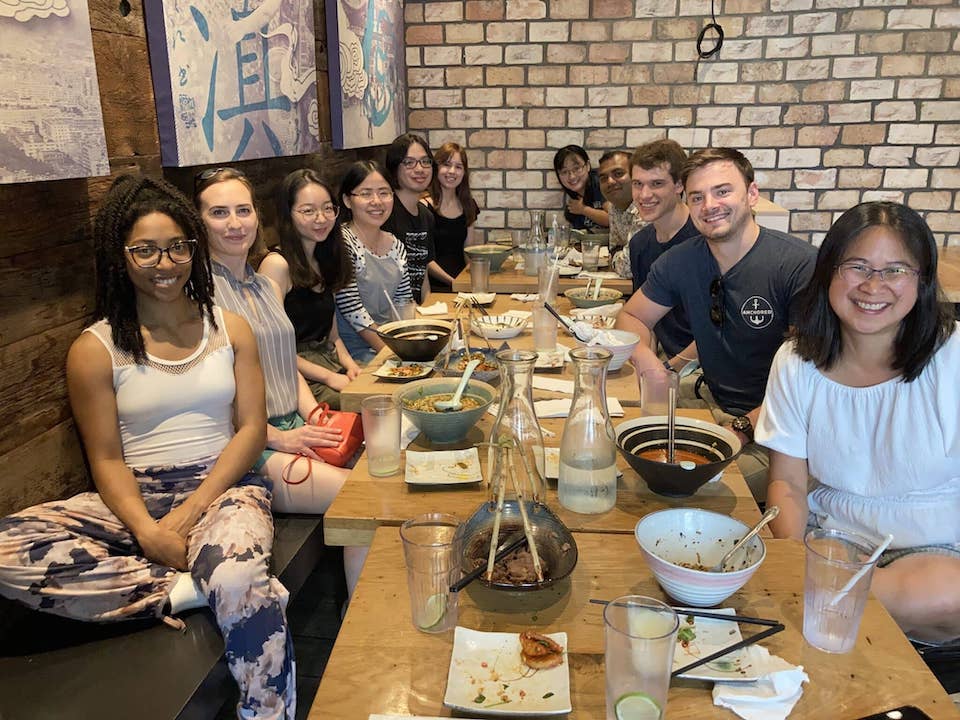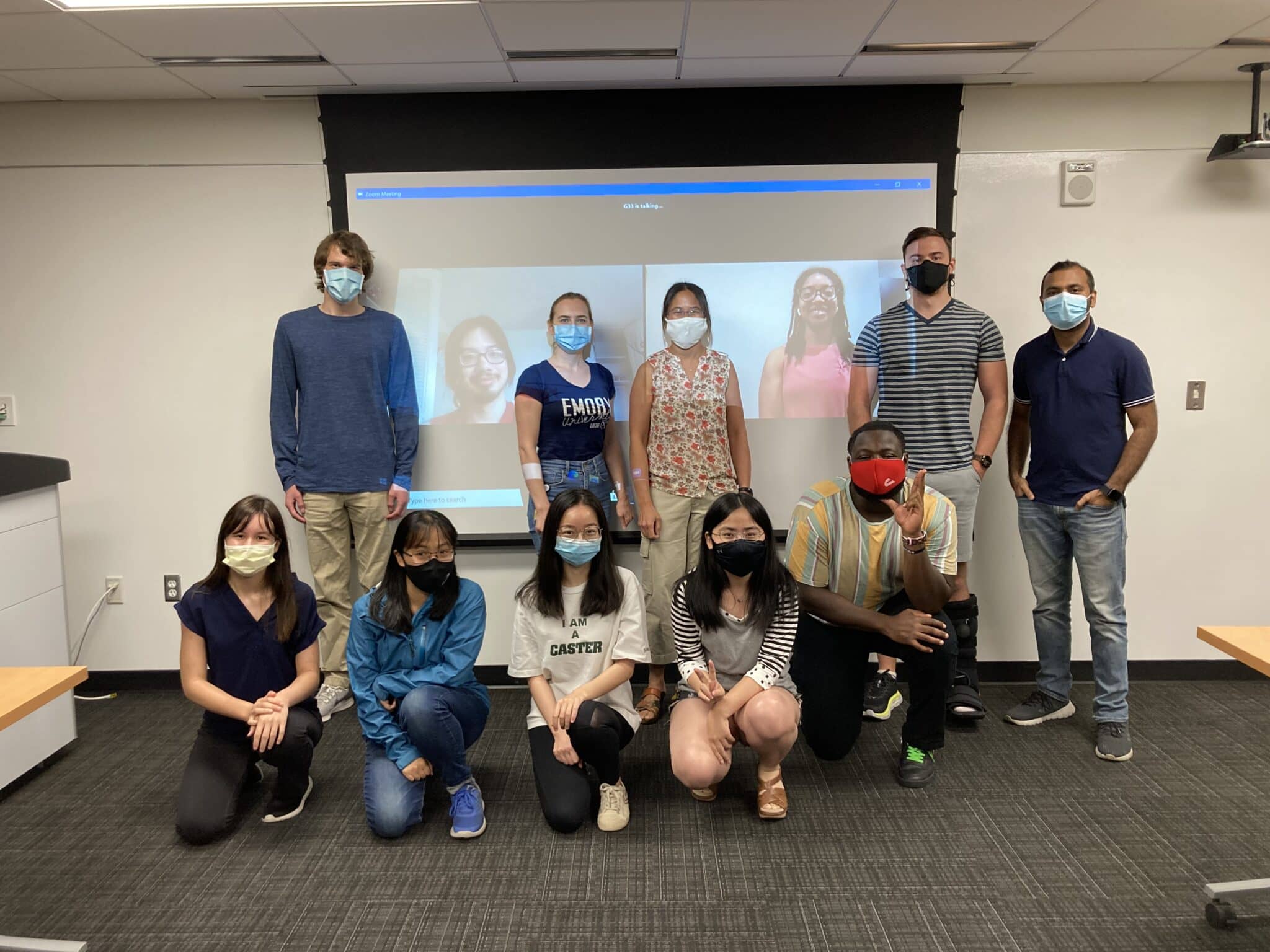The 2023 Annual Technical Meeting of SES at Texas A&M was the first in-person SES conference since COVID. It was wonderful to see old friends and meet new ones. Brandon Zimmerman presented his work on new reactive hydrogel model with initial applications to DNA hydrogels. Bibek Datta presented computational study of hydrogel soft robot. He finally got to give a talk to a live audience. I presented in vivo characterization of the optic nerve head in honor of Ellen Arruda and her Eringen Medal.
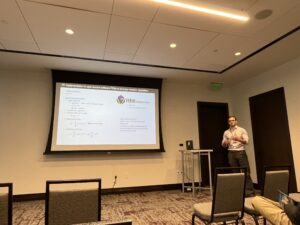
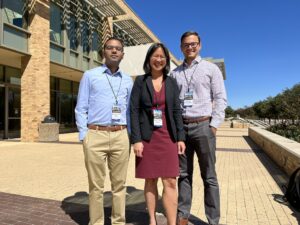
2022 Glaucoma Fast Track and Concepts and Breakthroughs in Glaucoma Symposium. It was great to go to a conference with members of the lab again. Cameron Czerpak and Arina Korneva both received a travel award from BrightFocus to present posters on their work. Dr. Nguyen gave an overview on Biomechanics of ONH Injury in Glaucoma at the Fast Track and gave a talk on in vivo strain measurements in the optic nerve head using OCT imaging and digital volume correlation.
A. Korneva, E. Cone-Kimball, T. D. Nguyen, H. A Quigley “Mechanical Response of the Mouse Astrocytic Lamina is Altered after Treatment with TrypLE Enzyme”, Poster Presentation, ISER symposium: Concepts and Breakthroughs in Glaucoma, Atlanta, GA
C. Czerpak, B. K. Zimmerman, H.A. Quigley, T. D. Nguyen, “In Vivo Lamina Cribrosa Microstructure Comparing Swept-Source and Spectral-Domain OCT Imaging”, Poster Presentation, ISER symposium: Concepts and Breakthroughs in Glaucoma, Atlanta, GA
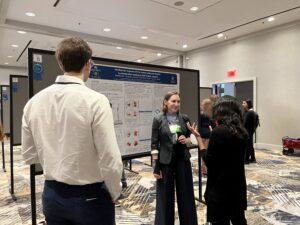
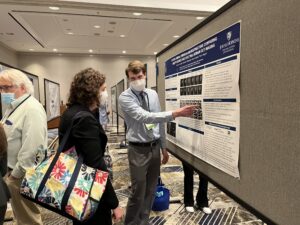
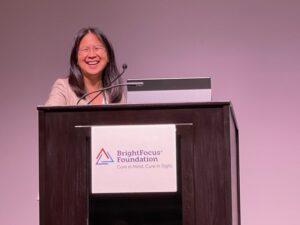
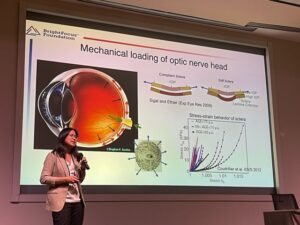
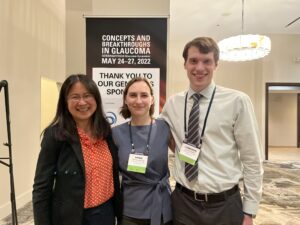
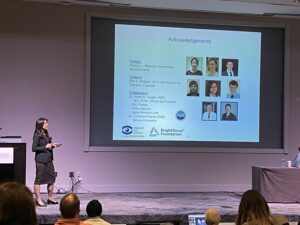
Garden party to celebrate the end of the academic year and Zheliang’s and Tracy’s graduation. Lots of food, lots of laughter. I was wonderful to get together again.
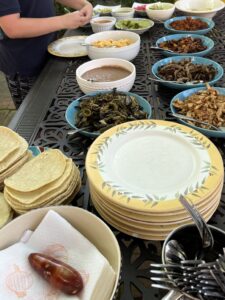
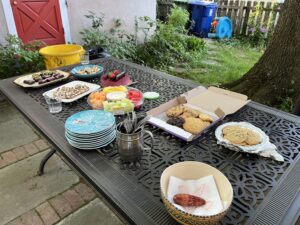
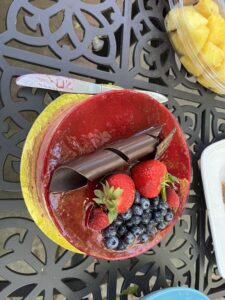
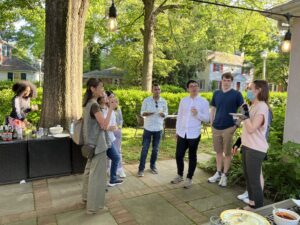
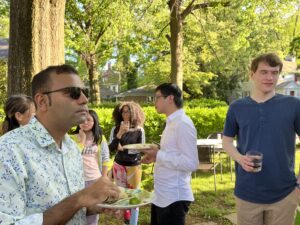
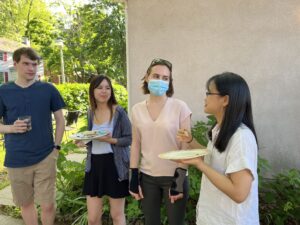
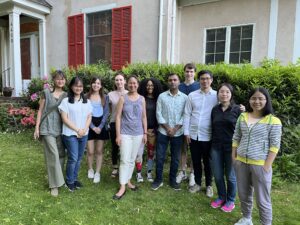
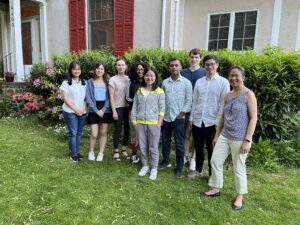
The PhD Hooding ceremony marks the transition of a PhD candidate to a PhD graduate. The advisor has the honor of placing the hood on the PhD student to signify that they have successfully completed the PhD program. Congratulations Dr. Zheliang Wang and Dr. Yik Tung Tracy Ling for your remarkable achievement.
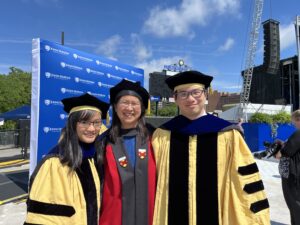
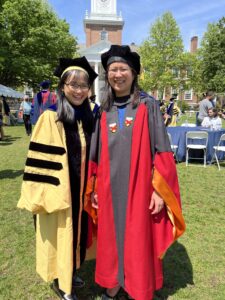
Congratulations to Dr. Zheliang Wang on the successful of his dissertation.
The Toughness and Residual Stresses of Polymers Produced by Fused Filament Fabrication
Fused filament fabrication (FFF), also known as fused deposition modeling (FDM), is one of the most widely‐used additive manufacturing methods. In FFF, the feedstock material, usually a glassy polymer filament, is fed into the nozzle, heated well above the glass transition temperature, and then squeezed and deposited to form layer‐by‐layer 3D structures. FFF possesses the advantage of low cost, user‐friendliness, ease of customization, and the ability to fabricate complex structures. This technology has gained great popularity in prototyping, but its drawbacks, including poor mechanical strength and dimensional accuracy, have limited its broader applications in batch production. It has been known that the mechanical strength of the printed part is greatly affected by the toughness of welds, and the dimensional accuracy is mainly determined by the non‐uniform thermal expansion and the accompanying residual stresses. This work aims to develop a constitutive model for glassy polymers, numerically investigating the trouser‐tear test used to measure the weld toughness, and establishing a novel method to measure the evolution of the residual stresses in FFF.
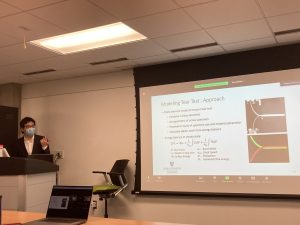
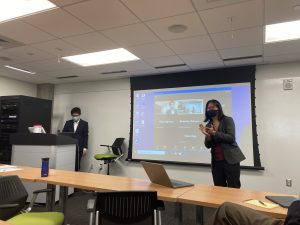
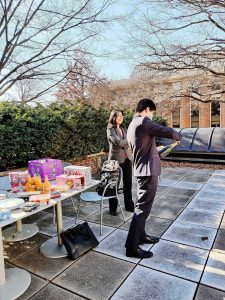
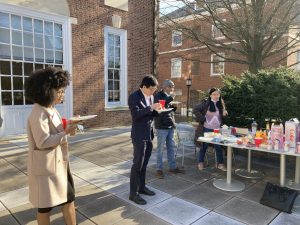
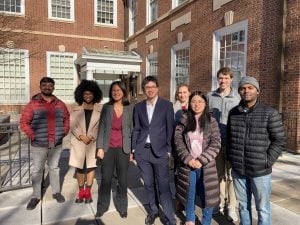
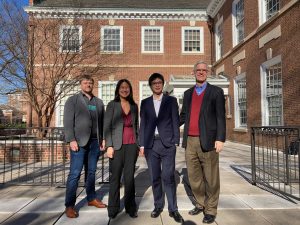
Congratulations! to Zheliang Wang and Bibekananda Datta for winning awards for their poster presentations at the Society of Engineering Science (SES) Virtual Month Annual Conference. The top four posters were chosen by a panel of judges for each theme.
 Soft Matter
Soft Matter
Bibekananda Datta, Aishwarya Pantula, David Gracias, Thao D. (Vicky) Nguyen. Johns Hopkins University. “A swelling and deswelling kinetics driven thermo-responsive crawler.”
 Frontiers Matters
Frontiers Matters
Zheliang Wang, Thao D. Nguyen, Jonathan E. Seppala. Johns Hopkins University. “In-situ measurement of residue stresses in material extrusion additive manufacturing.”
We had a lovely farewell lunch for Tracy who will be moving, with her newly conferred PhD, to a new postdoctoral position in the Department of Biomedical Engineering at Columbia University. We will miss you in the lab.
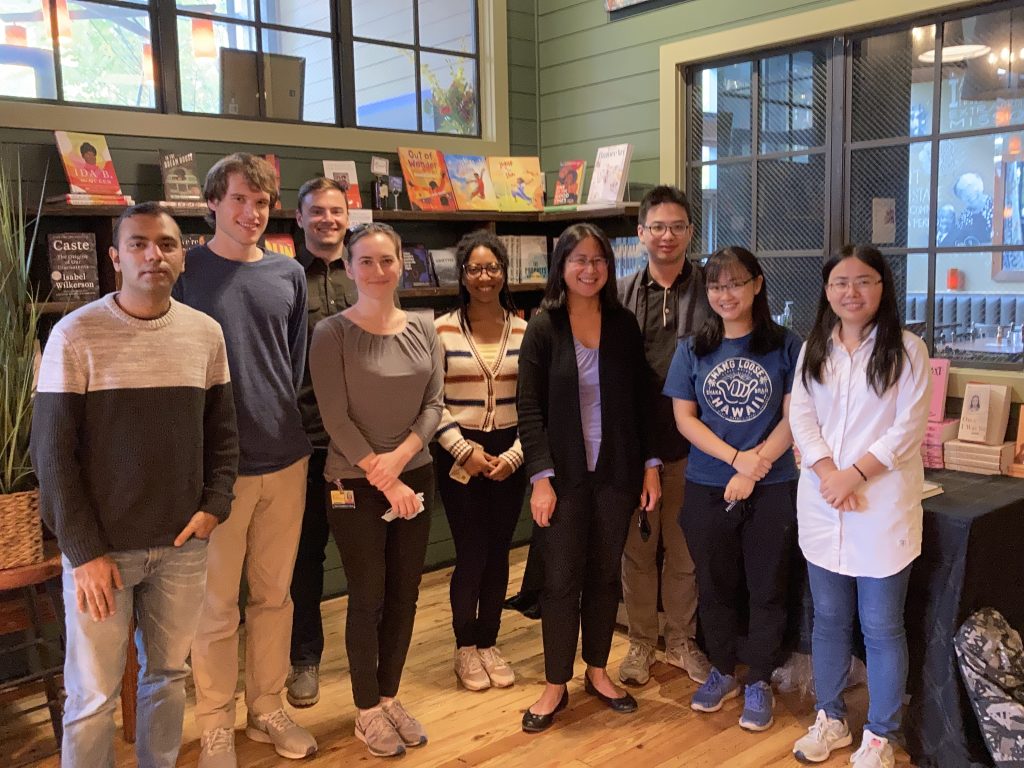
Congratulations to Dr. Yik Tung Tracy Ling for her successful dissertation defense! It was our lab’s first dissertation defense in the COVID era and participants joined in person as well as on Zoom. The hybrid set up allowed many alumni of the Nguyen Lab and ME Department to join in the open portion of the defense, and made the special occasion feel even more special.
The Effect of Microstructure on the Pressure-Induced Mechanical Responses at the Optic Nerve Head
Glaucoma is the leading cause of irreversible blindness in the world. Patients suffer from gradual loss of vision due to degeneration of the retinal ganglion cell (RGC) axons at the optic nerve head (ONH). A major risk factor for glaucoma is intraocular pressure (IOP) and the increase in IOP initiates biomechanical events at the ONH prior to axonal damage. However, the exact injury mechanism remains unknown. Lamina cribrosa (LC), as a load bearing structure that spans the ONH, serves to protect the RGC axons from IOP-induced deformation. The LC is made up of a meshwork of collagen beams. Within the LC, the non collagen pore spaces are spanned by a network of astrocyte cells. Together, the LC structure and the astrocytic network provide mechanical support to the RGC axons as the axons exit the eye wall and enter into the optic nerve canal. Inflation tests of the human eyes have shown that IOP-induced strain response in the LC varied regionally. The pattern of the strain variation corresponded to the pattern of axonal damage in glaucoma patients. It is hypothesized that variations of microstructure in the LC contributed to the variations in IOP-induced strains. This may translate to unequal deformation of the astrocytic networks among different LC pores, causing some axons to be more susceptible to glaucomatous injury. Therefore, the objective of this work was to first investigate the effect of structural properties of LC on the regional strain responses, then to compare the structural difference in astrocytic network after IOP elevation, and finally to probe into the effect of astrocytic structure on the strains experienced by the axons using finite element modeling.
I
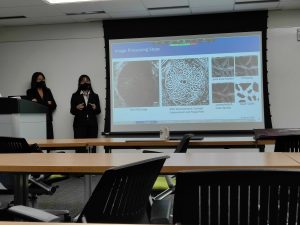
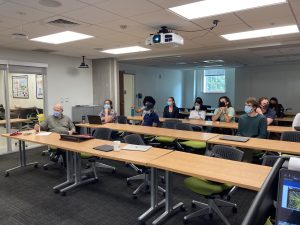
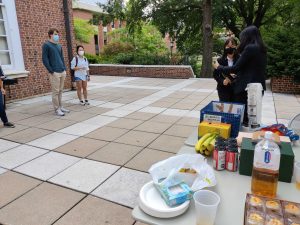
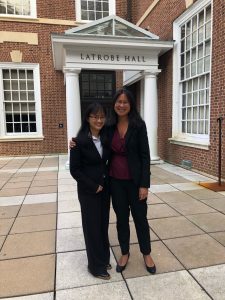
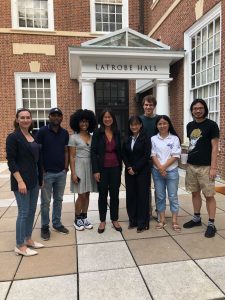

Yupin graduated with her MS in May and is moving to NYC to work as a design engineer at the Hospital for Special Surgery. Thank you Yupin for your hard work. We will miss you in the lab.
